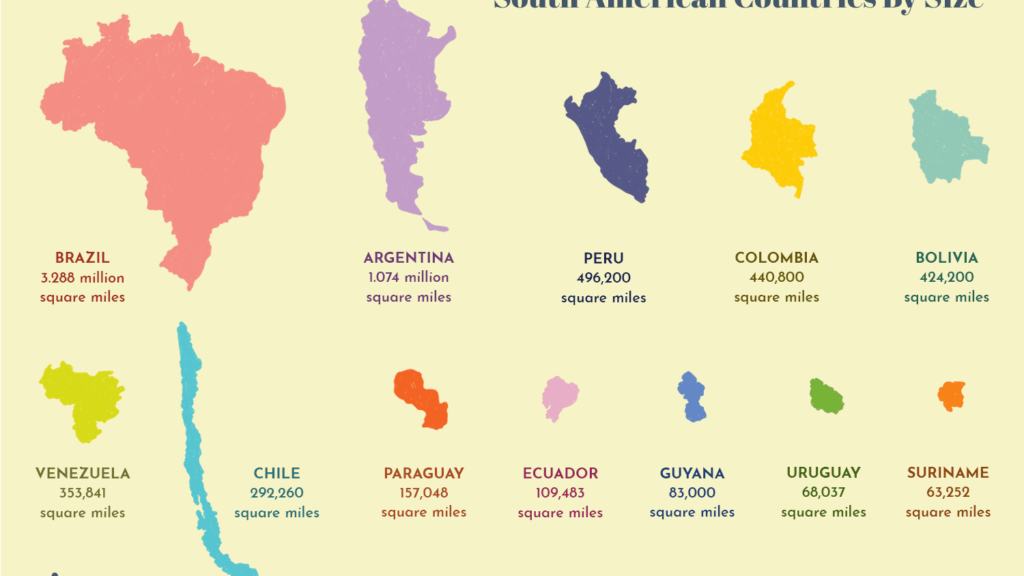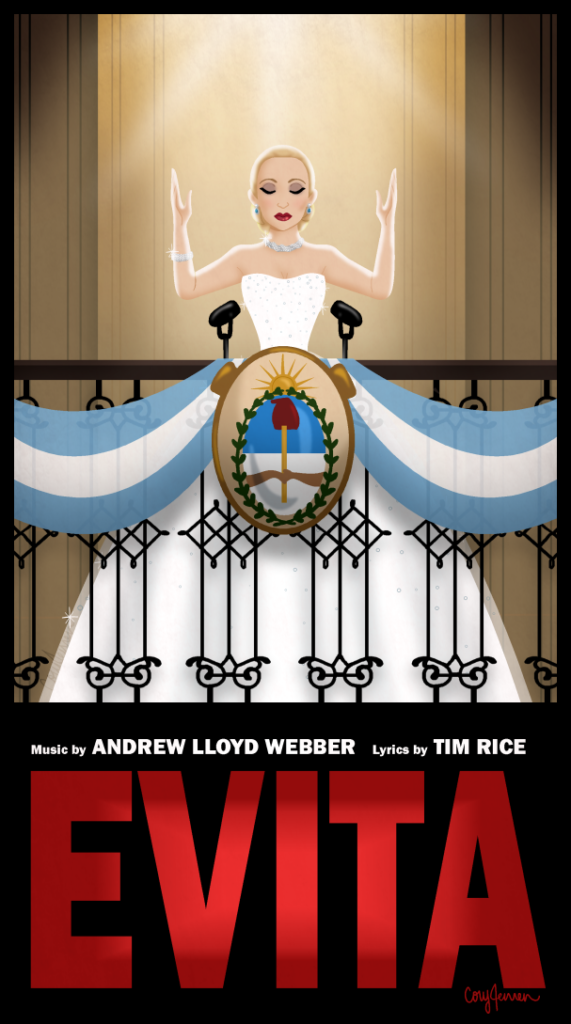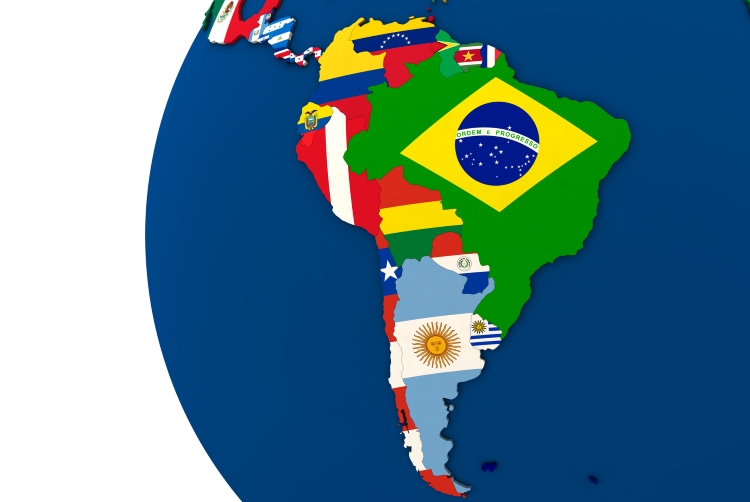Brazil
Brazil is the largest country in South America and the fifth largest nation in the world. Brazil is the largest country in South America, it is home to almost half of the population of South America.
It’s coastline is along the Atlantic Ocean and it has borders with every South American country except Chile and Ecuador.
Northern Brazil is dominated by the Amazon River and the jungles that surround it. Brazil has the greatest variety of animals of any country in the world. It is home to 600 mammal species, 1,500 fish species, 1,600 bird species, and an amazing 100,000 different types of insects. Brazil’s jungles are home to most of its animal life, but many unique species also live in the pampas (dry grasslands) and semidesert regions.
In the central-western part of Brazil sits a flat, swampy area called the Pantanal. This patchwork of flooded lagoons and small islands is the world’s largest wetland. Here live giant anacondas, huge guinea pig relatives called capybaras, and fierce South American alligators called caimans.

Argentina
Argentina is a vast country, the eighth largest country in the world. It is the second largest country in South America after Brazil, and it’s about one-third the size of the United States. Argentina has fewer native people and a large population, which came from Europe. The population is comprised as much as 95% of people of European descent, mostly from Italy, Spain, and Germany.
Patagonia is a sparsely populated region at the southern end of South America, shared by Argentina and Chile. The region comprises the southern section of the Andes Mountains, lakes, fjords, and glaciers in the west and deserts, tablelands and steppes to the east. The coast of Patagonia is home to elephant seals, fur seals, penguins, and sea lions. Patagonia is rich in natural resources and wildlife, including herons, condors, pumas, tortoises, and guanacos.
The Spanish controlled Argentina for 300 years. Argentina was named for the Latin work of “silver” because that is what the Spanish hoped to find there.
Eva Perón, First Lady of Argentina
Eva Perón (May 7, 1919–July 26, 1952) was the wife of Argentine President Juan Perón and the First Lady of Argentina. Fondly known as Evita, she played a major role in her husband’s administration. She is widely remembered for her efforts to help the poor and for her role in helping women win the right to vote. (https://www.thoughtco.com/eva-peron-1779803)

Fast Facts: Eva Perón
- Known For: As the First Lady of Argentina, Eva became a hero of women and the working class.
- Also Known As: María Eva Duarte, Evita
- Born: May 7, 1919 in Los Toldos, Argentina
- Parents: Juan Duarte and Juana Ibarguren
- Died: July 26, 1952 in Buenos Aires, Argentina
- Spouse: Juan Perón (m. 1945-1952)
During her husband’s first term as president (1946–52), Eva became a powerful leader, loved and honored by the poor. Although she never held any government post, Eva acted as minister of health and labour. Her work helped establish thousands of hospitals, schools, orphanages, homes for the aged, and other charitable institutions. Eva was largely responsible for the passage of the woman suffrage law and formed the Peronista Feminist Party in 1949. Eva Perón was given the title of “Spiritual Leader of the Nation” by the Argentine Congress and affectionately called Evita.
“Eva Perón saw herself as a dual persona; as Eva, she performed her ceremonial duties in the role of the first lady; as Evita, champion of the working class, she served her people face-to-face, working to fill their needs. She opened offices in the Ministry of Labor and sat at a desk, greeting working-class people in need of help….her legacy: the “white myth” and the “black myth” of Eva Perón. In the white myth, Eva was a saint-like, compassionate woman who helped the poor and disadvantaged. In the black myth, she was depicted as ruthless and ambitious, willing to do anything to advance her husband’s career….Despite suspicions about Eva, the foundation did accomplish many important goals, awarding scholarships and building houses, schools, and hospitals….Eva remains an enduring cultural icon in Argentina and Latin America.” (https://www.thoughtco.com/eva-peron-1779803)
A musical and movie about her life has a famous line, Eva says “Don’t Cry for Me Argentina” – because she died too soon at the age of 33 in 1952. The people were very sad after she died. She was a symbol of hope to all the poor in Argentina.
“Don’t cry for me Argentina
The truth is I never left you
…
I kept my promise
Don’t keep your distance
…
The answer was here all the time
I love you and hope you love me
Don’t cry for me Argentina”

